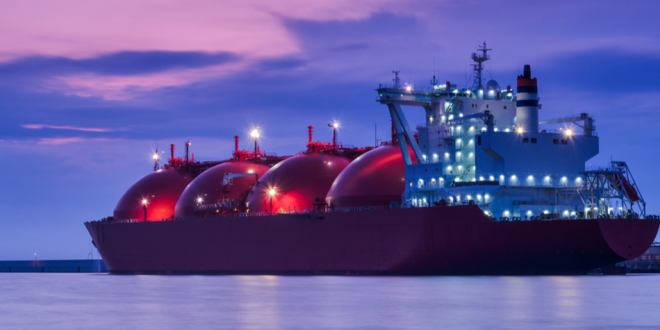The forecast for a colder-than-usual winter in South Korea is set to intensify the concerns over gas supply for power generation, industry sources told S&P Global Commodity Insights over the week of Sept. 29.
The country has predicted a colder winter this year amid La Nina that has stretched into the fourth quarter, with sea temperatures of the tropical Asia-pacific around 25.7 C, which is 1.1 C lower than normal, according to the forecast from the Korean Meteorological Agency Sept. 23.
The KMA added that there was a 40% possibility that the temperature in December would be lower than in previous years.
The World Meteorological Organization also reported that the La Nina over the country and surrounding regions had now persisted for three consecutive years for the first time in the 21st century, in a report released Sept. 27.
La Nina, which is created when equatorial trade winds strengthen to bring colder-than-usual deep water up from the bottom of the sea, tends to lead to lower-than-normal temperatures during winter in the northern hemisphere.
South Korea is the world’s third-largest LNG importer and net inflows reached 46.4 million mt in 2021.
Spot purchase
Market participants said that the state-run gas utility KOGAS might have secured more spot volumes of gas than in previous years anticipating a colder winter.
“KOGAS is done with buying spot for the year, but they might come out for next year for January-March volumes soon,” a South Korean market source said. The country’s gas inventory levels are good for the winter at the moment, and any demand is limited to certain private buyers amid outages in the US Freeport terminal, the source added.
The US Freeport LNG terminal has been offline since June, when they declared force majeure following an explosion. SK E&S is one of the off-takers.
Another South Korean source said, “Kogashas experienced shortages during winter over the last two years. Hence, they might have secured more than usual gas volumes in preparation for this winter.”
A third market source based in Singapore said, “Once the peak winter season kicks in, the short-covering can take place at any time, which might raise the spot LNG prices sharply.”
The Korean Ministry of Trade, Industry, and Energy, or MOTIE, is considering increasing nuclear power generation in South Korea’s energy mix to weather this winter’s potential energy crisis.
The ministry has also called for the use of more LPG in a bid to reduce LNG consumption and increase the gross heating value of regasified LNG used in heavy industries and utilities, according to a Sept. 15 MOTIE statement.
It also said that winter gas procurement will be backed by spot LNG purchases and that it aims to run the existing nuclear power plant at full tilt to reduce gas demand for power generation.
The country’s monthly LNG feedstock cost for power generation was at Won 1.845 million/mt, or $1,322.58/mt, as of Sept. 15 — an all-time high since the Korea Power Exchange started publishing the data in 2001. The LNG feedstock cost over first-half September had risen 17.01% on the month and 140.7% on the year.
South Korea imported around 1.26 million mt of Russian LNG over January-May, accounting for 6.23% of its total LNG imports.
Spot LNG prices rose on the back of tight market conditions following Russia’s invasion of Ukraine Feb. 24. The Platts benchmark JKM price for delivery of spot LNG into Northeast Asia hit a record high $84.76/MMBtu March 7, S&P Global data showed.
Platts assessed JKM at $27.85/MMBtu Feb. 23, just before the war started.
The JKM was last assessed at $39.572/MMBtu Sept. 29, up 24.99% on the year.

 Iran Energy News Oil, Gas, Petrochemical and Energy Field Specialized Channel
Iran Energy News Oil, Gas, Petrochemical and Energy Field Specialized Channel



